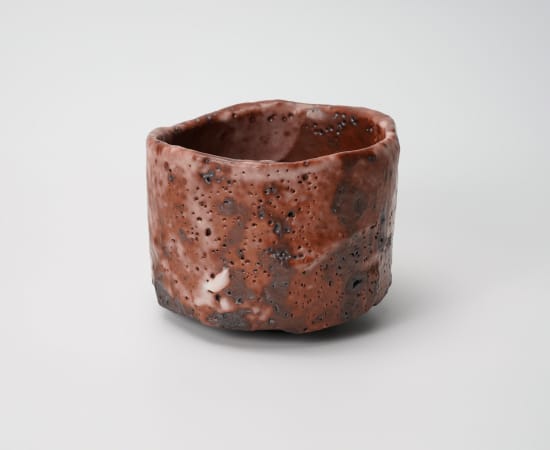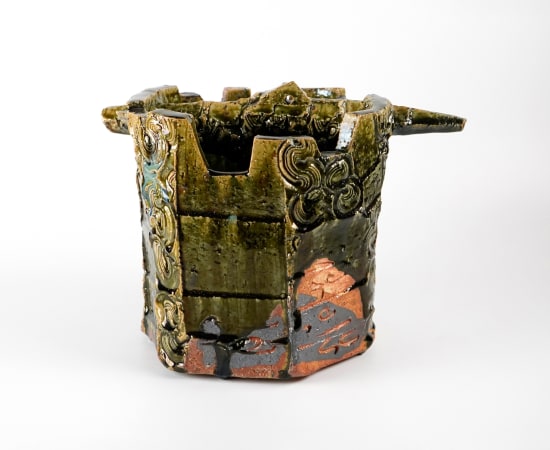Shugo Takauchi, born in 1937 and hailing from the Tochigi Prefecture in Japan, has crafted a remarkable journey as an artist. Prior to finding his true calling, he spent his days as a corporate employee until a visit to Mashiko unveiled the captivating world of Shōji Hamada's craftsmanship. This transformative encounter led him to bid farewell to his life as a salaryman and, in 1968, he took the bold step of establishing his own kiln.
Influenced by the profound ideals of the mingei movement pioneered by Hamada, Takauchi solidified his presence in Mashiko, the epicenter of Mingei culture, following his college graduation. He is most renowned for his exceptional Oribe and Shino pieces. Takauchi's creations stand as a testament to his distinctive style, characterized by their forceful, decisive, and powerful expressions.
Since the late 1960s, he has enjoyed a highly successful career as a potter, amassing a devoted following of admirers. His repertoire predominantly encompasses Mino, Shino, Oribe ash-glazed, and black wares. Takauchi is widely acclaimed for his signature bucket-shaped forms, often marked by robust walls, intricate incisions, and vibrant hues. Such forms are enjoyed in international institutions, such as the permanent collection of the Victoria and Albert Museum.
In recognition of his outstanding contributions to the world of ceramics, Takauchi was honored with the Tochigi Prefectural Cultural Prize in 1998. His stature as a master potter was further solidified when he was singled out as one of Japan's top 100 potters by three distinguished critics in Honoho Geijutsu magazine. Notably, his work can be found in numerous esteemed international public collections, a testament to the global appeal of his artistry.

